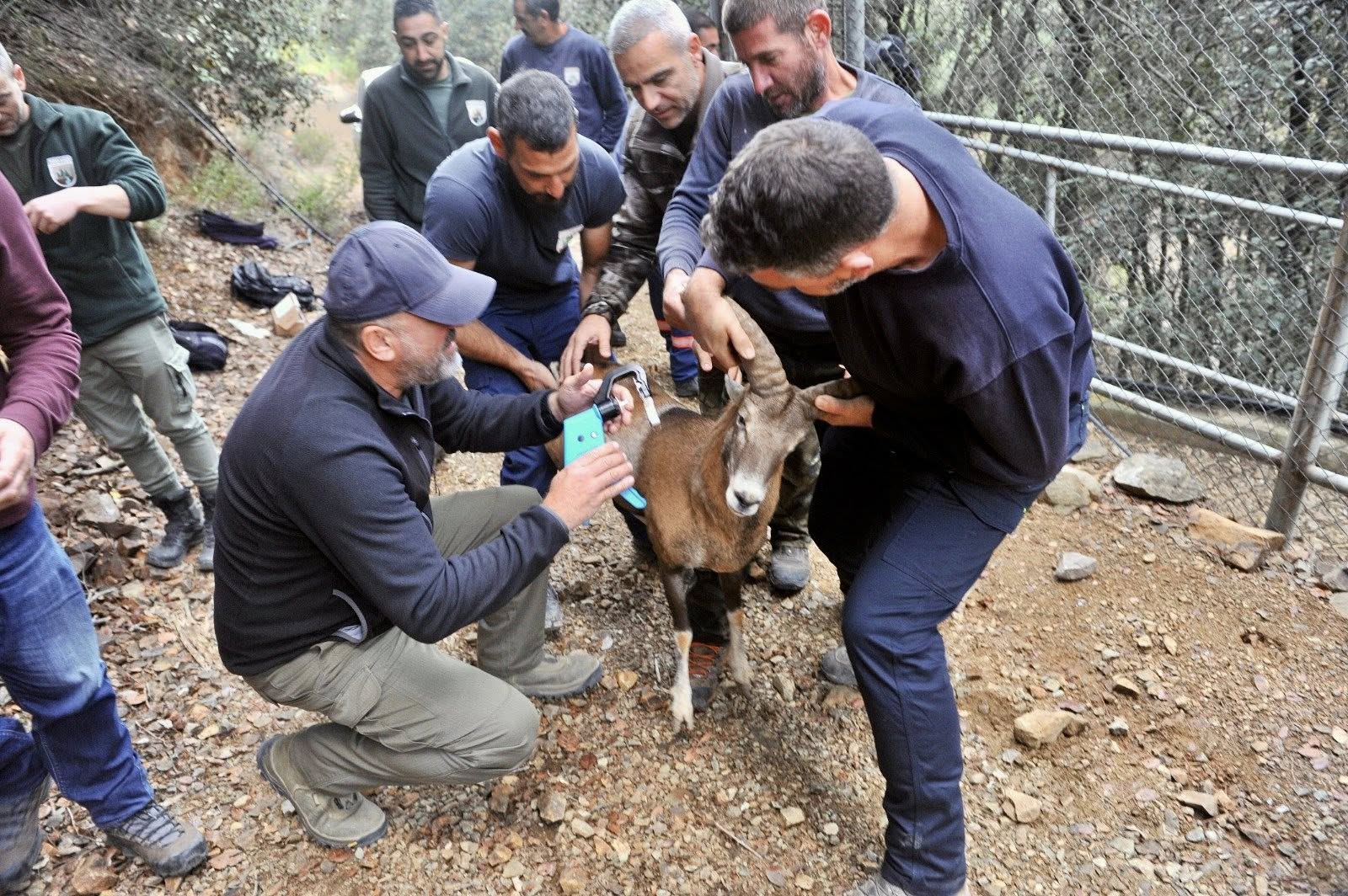Welcome to some fascinating evolutionary genomics! In this video, we learn about the process of gene death and that it doesn’t always have to be bad – in fact, it can sometimes help adaptation to the environment and create opportunities for evolution.
This holds true for the human species. Our DNA holds thousands of dead genes and we’ve only just begun to unravel their stories.
For example, one of these – called GULOP – is located on our eighth chromosome, and was once used by our primate ancestors to make their own vitamin C. But that gene died some 61 million years ago, and now exists only as a non-functional molecular ‘fossil’.
What happened? In a word – mutation. And this was a key turning point for our lineage, as, thereafter, our side of the evolutionary tree – i.e. tarsiers, monkeys and apes – have had to get vitamin C from what we eat, to keep us free of diseases such as scurvy.
One thing is already clear: we’re not just defined by the genes that we’ve gained over the course of our evolution, but also by the genes that we’ve lost along the way.
View the original video here.
Good Living is the Cyprus Mail’s portal of curated content from across the internet, showcasing local and global ideas, cultural highlights, and scientific and technological developments to inspire a sustainable life.







Click here to change your cookie preferences